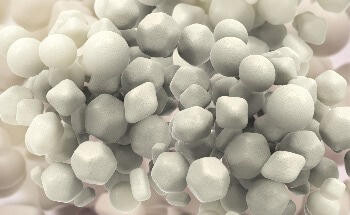:0)
We used to have a window cleaner that transported his wooden ladder similar to this guy…

:0)
We used to have a window cleaner that transported his wooden ladder similar to this guy…

But how much of that extra carbon would get released back into the atmosphere when the tree gets cut down?
I think that’s part of the point of these trees, that they are developed specifically to absorb extra carbon while growing, and yet still be strong enough to be used as a material for building and engineering purposes.
Amature.
As kids, we used to transport our surfboards under 1 arm, whilst using the other to stear your bike and more than likely would be giving your mate carrying his own surfboard a dink.
I swear, people these days have sense of how to just get shit done anymore
Uphill both ways, presumably?
Don’t be silly.
To get to the beach you go downhill both ways

Amateur.
Can’t even spell “amateur” properly.
One of these days you’re going to spellcheck the wrong person.


Or worse, he’ll spellcheck someone that doesn’t give a shit



Has really no one made a “super wood” joke yet?

On that note, something more relevant to the thread: Excess memes and ‘reply all’ emails are bad for climate, researcher warns | Greenhouse gas emissions | The Guardian
That says excess. I believe I do just the right amount

Or steer

The project is called Archibiofoam, a collaboration between Finland’s Aalto University, the University of Stuttgart and the University of Milan. It was recently awarded a 3.4 million euro European Innovation Council Pathfinder Grant, which the researchers say will result in Archibiofoam’s proof-of-concept: exterior building facades with porthole-like openings that open and close in response to the environment.
Construction is the world’s highest polluting industry by a longshot, accounting for roughly 40% of annual global emissions. So-called “bio foams” derived from extruded wood cellulose have the potential to revolutionise the industry, according to Aalto University’s Juha Koivisto.
‘Not only will we show that wood-based foam can be used as a replacement material, but we will also demonstrate its unique ability to respond to environmental factors like heat and humidity to enable the passive heating and cooling of buildings -; an improvement on the carbon footprint of existing building infrastructures by several orders of magnitude,’ Koivisto says.
If executed successfully, wood-based foams could replace typical non-renewable and resource-intensive building materials like concrete, steel, and glass. The bio foam has comparable strength to these materials, even though it is composed of 90% air, and it is biodegradable, therefore adhering to circular economy principles.
‘The scientific community has known for some time that the structural integrity of these bio foams is competitive with other construction materials, but it hasn’t been tested to its full potential ,’ says Koivisto. He is inspired by a vision of organic buildings reminiscent of Gaudí’s Barcelona, with ventilation chambers opening and closing naturally
It sounds like science fiction, but it’s real and exciting stuff. Our goal over the next three years is to prove this material’s efficacy as a bona fide building material,’ says Koivisto.
Koivisto’s local team includes Senior Lecturer Kirsi Peltonen and Postdoctoral Researcher Taneli Luotoniemi, both of whom come from Aalto’s Department of Mathematics and Systems Analysis. The Aalto team will coordinate the project and provide the overarching material technology.